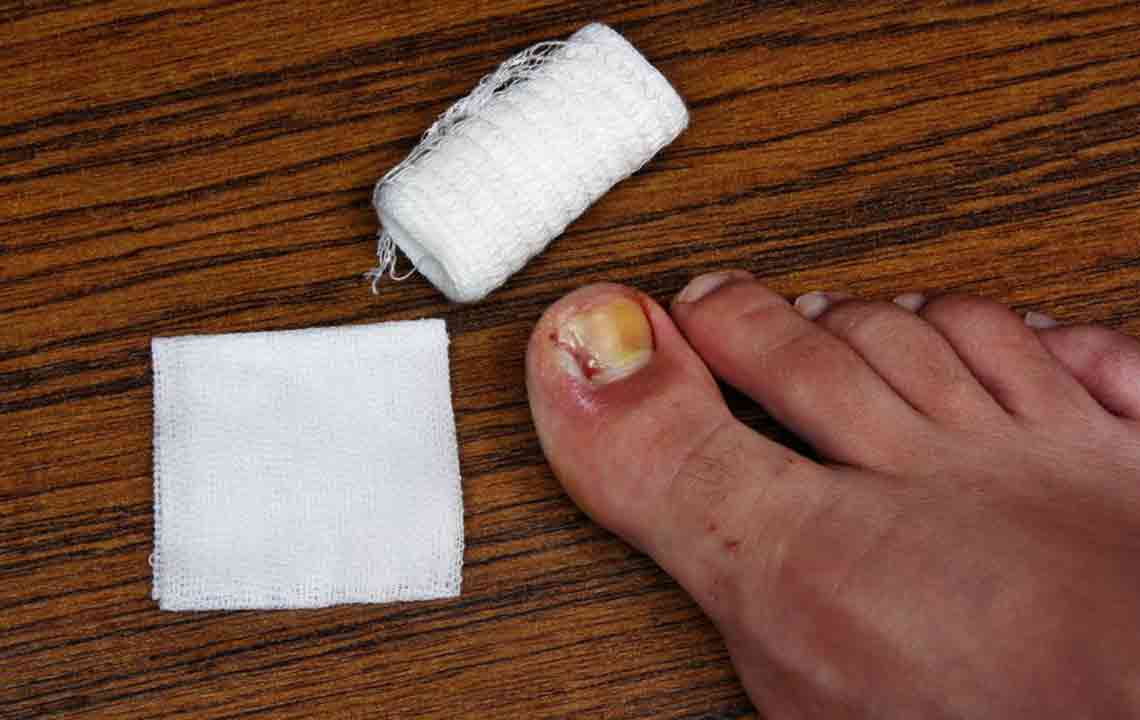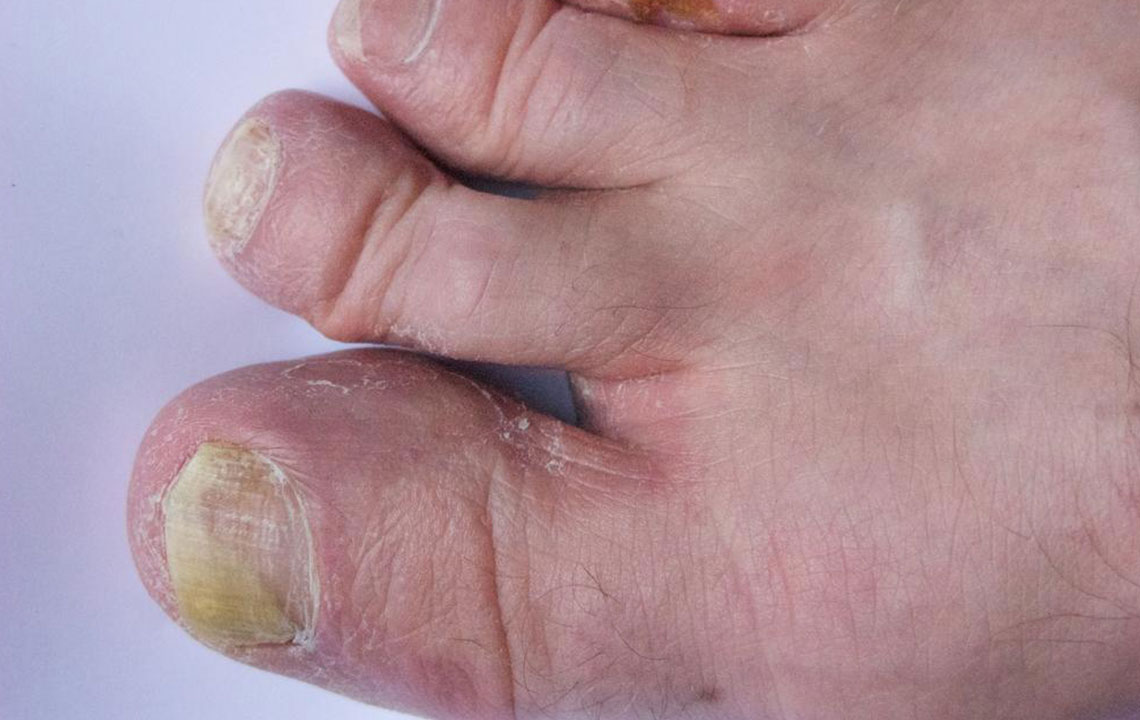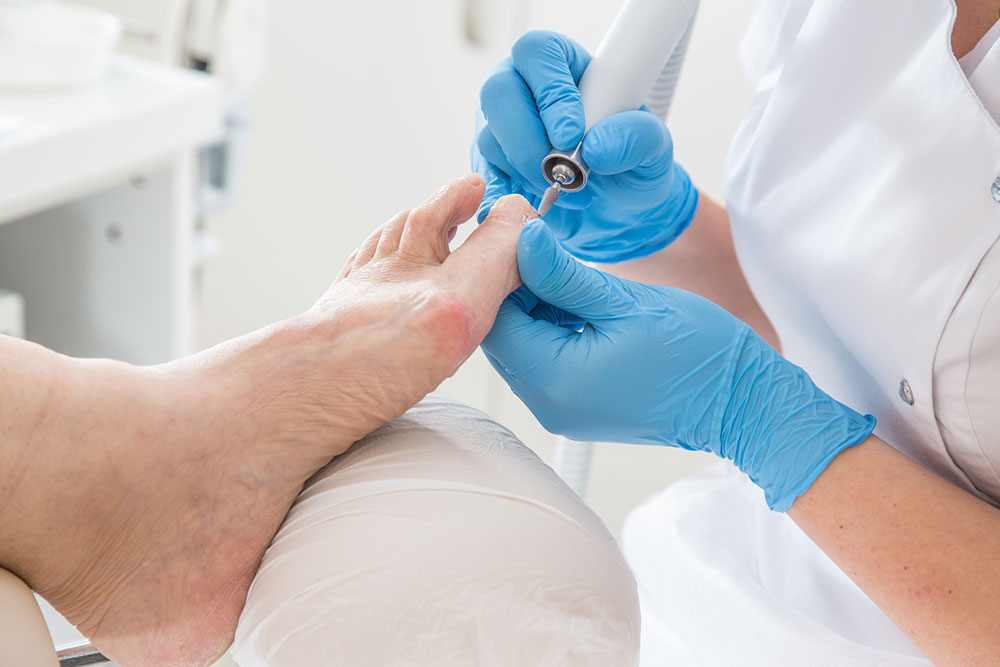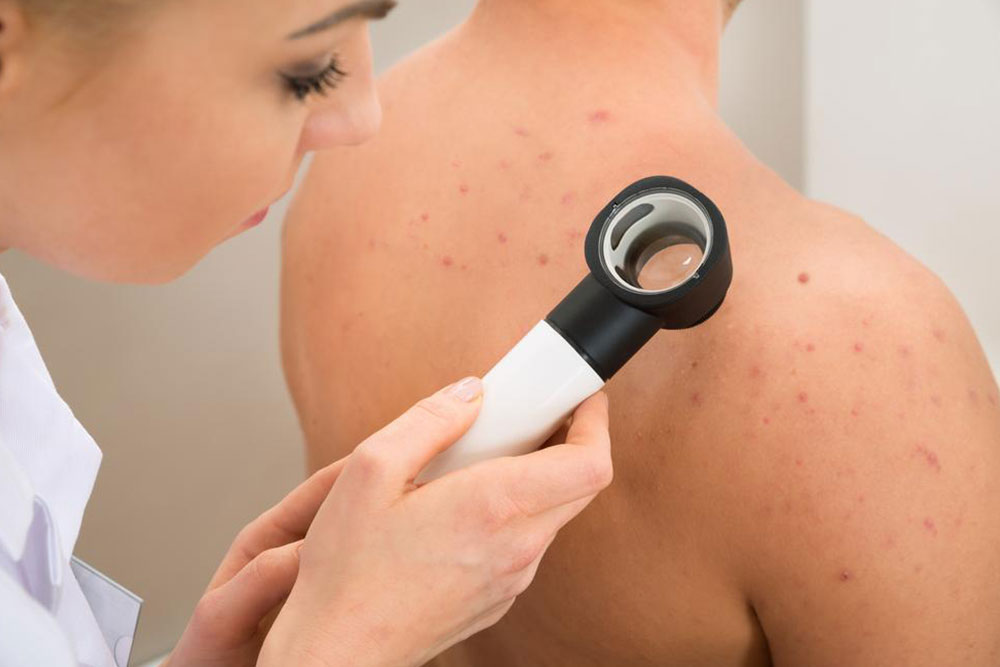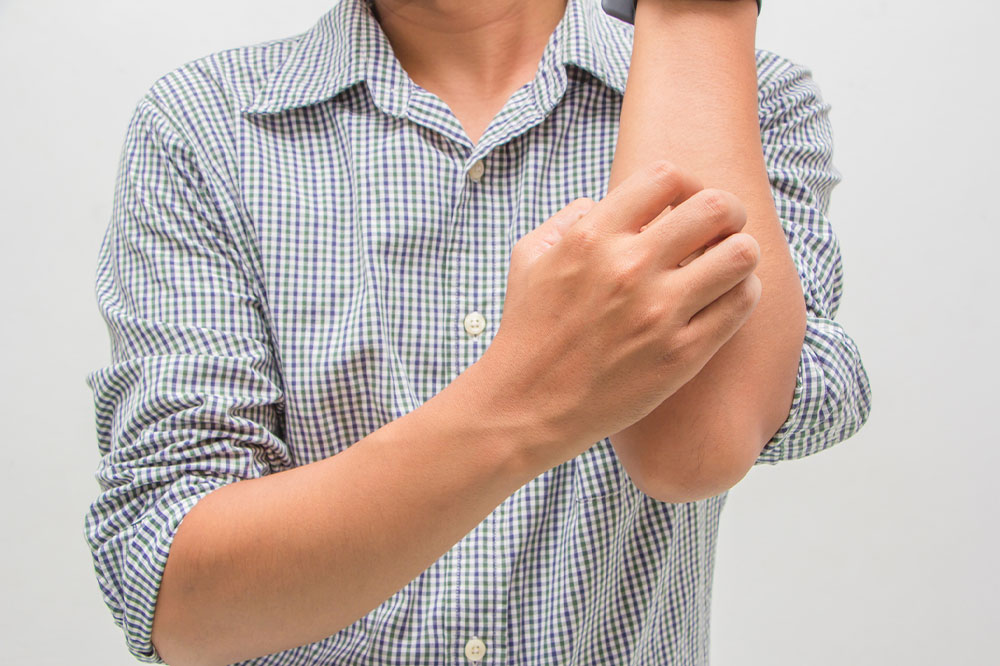Natural Remedies for Toenail Fungal Infections: The Power of Listerine
Discover the natural and cost-effective method of using Listerine mouthwash to treat toenail fungal infections. This home remedy leverages the antiseptic and antifungal properties of Listerine, combined with proper foot hygiene practices, to combat stubborn infections. With simple application techniques like foot soaks and direct application, many users report noticeable improvements in nail health over time. Ideal for early-stage or mild infections, Listerine provides a safe alternative to conventional antifungal medications, offering a low-risk, accessible solution for healthier nails. Consult healthcare professionals for severe cases.
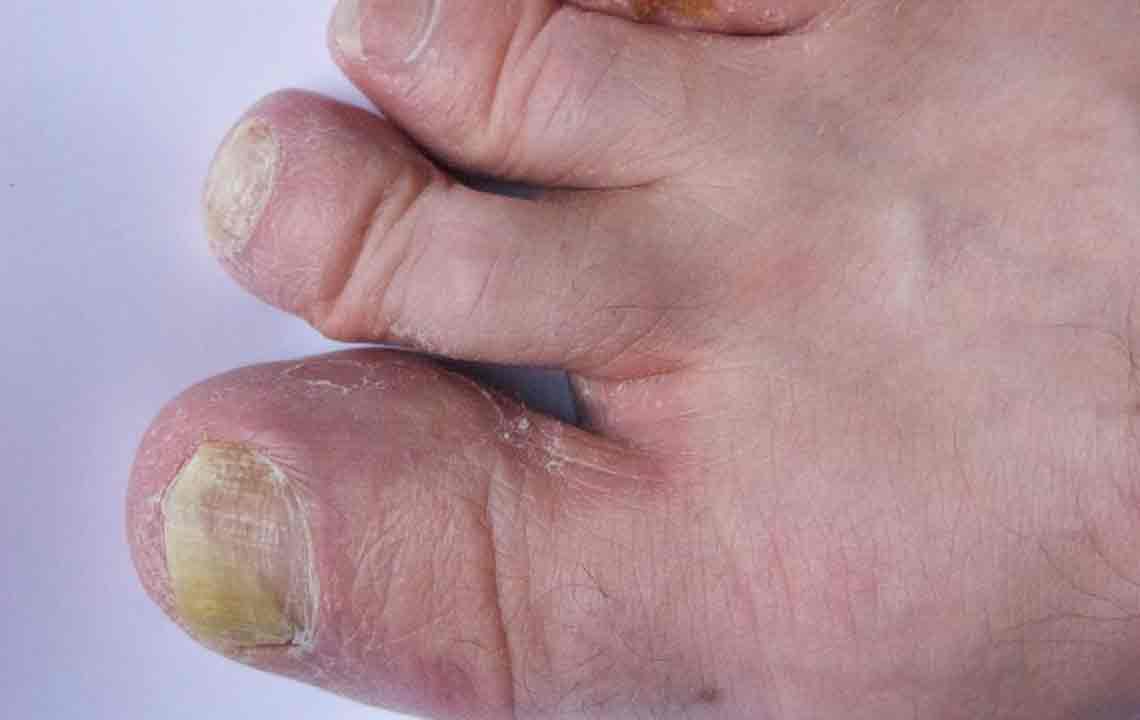
Harnessing Listerine for Effective Toenail Fungus Treatment
Toenail fungal infections, medically known as onychomycosis, are a common concern affecting individuals of all ages and lifestyles. The condition can be both embarrassing and painful, leading to aesthetic issues such as discoloration, thickening of the nails, foul odor, and in some cases, discomfort or pain during daily activities. Many people seek effective solutions to combat this troublesome infection, turning to both conventional medicines and natural remedies. One natural approach gaining popularity is the use of Listerine mouthwash, renowned primarily for its antiseptic qualities, as a home treatment for toenail fungus.
Toenail fungus often begins subtly, presenting themselves as small black spots or yellowish stains under the nail. Over time, if left untreated, the infection worsens, causing nails to become thicker, crumbly, and discolored. The infected nails may emit a foul odor, and in some cases, cause discomfort during walking or footwear use. The infection's persistent nature makes it difficult to eradicate without proper care, and conventional antifungal medications, although effective, may come with undesirable side effects such as nausea, liver issues, or skin irritations.
This has prompted many to explore alternative, natural remedies that are accessible, cost-effective, and with minimal risk. Among these, Listerine mouthwash has gained attention due to its potent antifungal and antiseptic properties. Originally formulated as a surgical antiseptic in 1879, Listerine has evolved into a popular mouth rinse used worldwide. Its active ingredients, including thymol, eucalyptol, methyl salicylate, and menthol, have proven to be effective not only against oral bacteria but also in reducing fungal infections on the skin and nails.
Using Listerine as a topical treatment for toenail fungus involves simple and practical methods. One of the most common approaches is to utilize it as a foot soak. To optimize its effectiveness, mix equal parts of Listerine with water in a basin large enough to accommodate your feet comfortably. Soak your feet in this mixture for approximately 20 to 30 minutes each day. The antiseptic ingredients work to reduce fungal growth, eliminate odor, and promote healthier nail regeneration. For more severe or persistent infections, it may be beneficial to increase the frequency to twice daily, ensuring consistent application for better results.
In addition to soaking, direct application of Listerine can help target stubborn fungal spots. Applying concentrated Listerine directly to affected nails using a small brush or cotton swab allows for targeted treatment. Some individuals also combine Listerine with natural adjuncts, such as apple cider vinegar, which is known for its antifungal properties. This combination can help enhance the overall effectiveness of the home remedy.
While it may seem simple, the success of using Listerine depends heavily on consistency, proper foot hygiene, and keeping feet dry and well-ventilated. Wearing breathable footwear and changing socks regularly contribute to preventing re-infection or recurrence. Despite the lack of extensive formal scientific studies confirming its efficacy, anecdotal reports and some clinical observations suggest that regular use of Listerine can significantly improve toenail fungal conditions over time.
It is vital to emphasize that natural remedies like Listerine are often most effective in early stages of infection or for mild cases. Severe fungal infections may require medical intervention, including prescribed antifungal medications, laser treatments, or other professional therapies. Nonetheless, for those seeking an accessible, low-cost, and low-risk option, Listerine offers a promising alternative or complement to traditional treatments.
Always consult with healthcare professionals before starting any new treatment regimen, especially if you have underlying health conditions or are pregnant. Remember, patience and consistent application are key to effectively managing toenail fungal infections using natural remedies like Listerine. By integrating proper foot hygiene practices and natural treatments, you can work towards healthier, fungus-free nails and regain confidence in your appearance and comfort.

